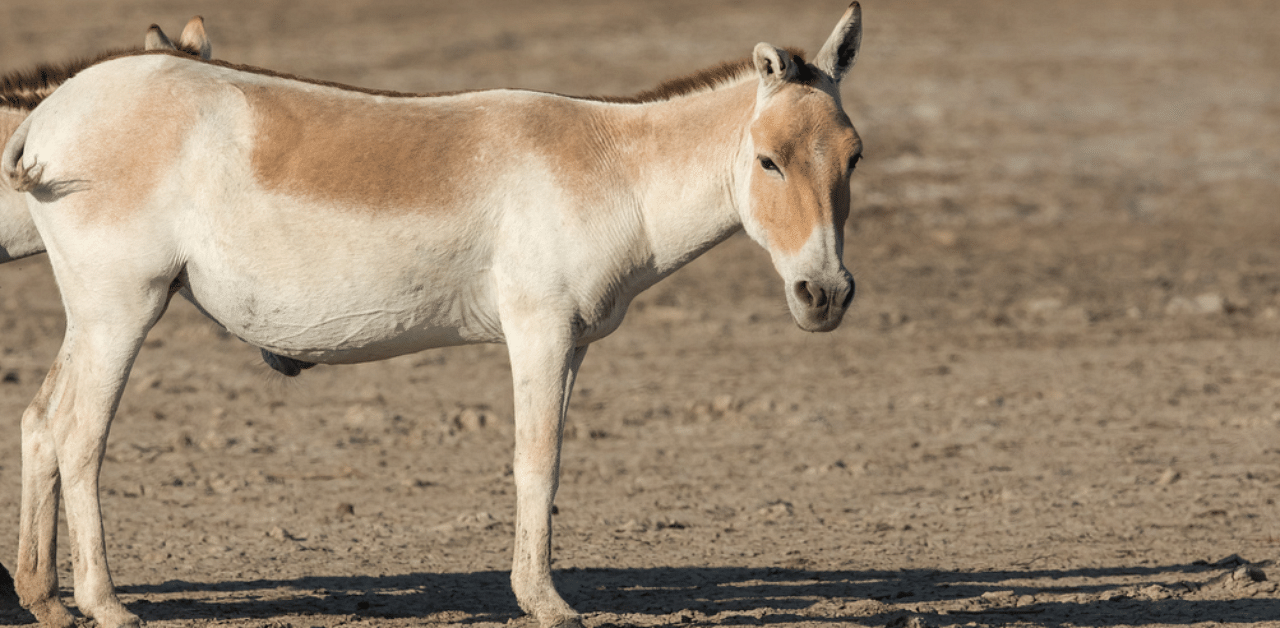
The population of the wild ass in Gujarat has seen a significant rise of over 36% in the last five years, a population estimation report published by the state forest department recently has claimed.
The population estimation exercise conducted in March this year counted a total of 6,082 wild asses in the Little Rann Of Kutch (LRK). Five years back, the population was estimated to be 4,451.
The report says that out of the total population, 1,039 were male and 3,003 were female. The gender of 1,481 couldn’t be identified. Out of them, 5,523 were adults while 559 were less than a year old.
A majority of them were spotted in the Dhrangadhra region in Surendranagar district followed by Bhachau in Kutch and Radhanpur in Patan district. This data, according to officials, is the minimum population estimate of the Indian Wild Ass, also called Equus Hemionus Khur. The total area covered under the estimation exercise was above 15,510 sq km as against 15,174 sq km in 2014. The counting of wild ass population, kept under Schedule-I of the Wildlife Protection Act, 1972, takes place once every five years.
The forest department’s report also red flags the threats to the endangered subspecies in the LRK, which remains its only home in the country.
The report warns that the wild ass population was facing the most direct threat from increasing human activities. It cites old surveys and reports to say that “The ecology of the Wild Ass Sanctuary, for example, is threatened by a canal-building project – the Sardar Sarovar Project of the Narmada Development Authority. There is growing competition for resources as an increasing number of livestock is grazing within the reserve during monsoon season.”
It further states -- “Such increased activity is particularly disruptive as the period for salt mining coincides with advanced stage of pregnancy in the Khur. The increase in Khur population and its range expansion into the human-dominated landscapes has resulted in increased incidences of crop depredation. Agriculture has intensified with better irrigation facilities thus changing the land use patterns.”
The report has suggested the preparation of a habitat map with the help of BISAG (Bhaskaracharya National Institute for Space Applications and Geo-informatics). It also suggests regulation of vehicular movement inside the sanctuary, check-post vigils at entry as well as control of the development of pilgrim places.
The forest officials have also found 400 wild stray dogs in the sanctuary which are major threats for herbivores and birds. “It is also a threat on health of Wild Ass. So, the population of stray dogs should be controlled,” the report has recommended.
The exercise has found a substantial decline in the population of the wolf. The department has suggested a plan for the rehabilitation of wolves which is also a natural control over the population of wild ass and blue bull.
“To stabilize the population of wolf, the population of herbivores like Blackbuck and Chinkara should be increased by management intervention like Habitat Improvement works like Development of Grass Plots,” the report mentioned.